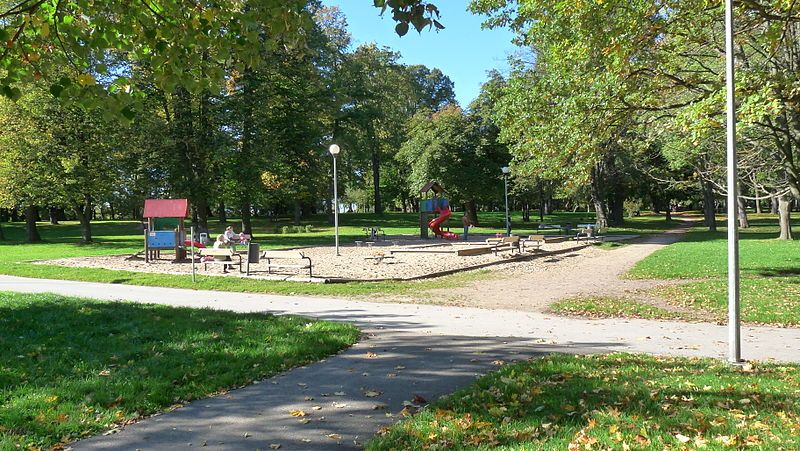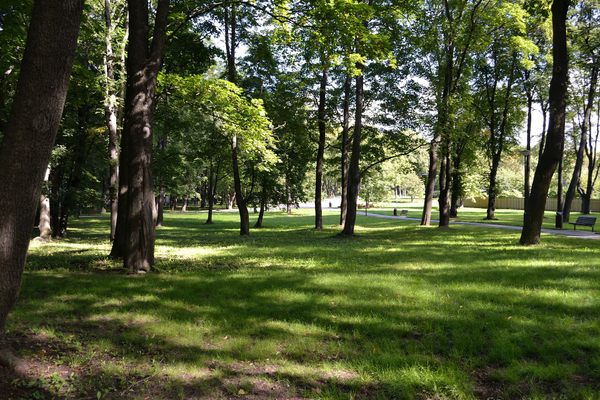About
Kopli Cemetery Park is a rather lovely urban park with a macabre backstory. The original cemetery dates back to the late 18th century, when Catherine the Great banned the burial of the dead near churches and churchyards for fear of spreading diseases.
A long approach road was constructed to the then-sparsely populated site on the outskirts of town. Kopli Cemetery was the cemetery of choice for the Baltic German population of Tallinn, who tended to be relatively wealthy and hold high official positions. The cemetery was therefore well provided with ornate monuments and several large family mausoleums. The cemetery was also the final resting place of some notable people from outside the Baltic German community including several famous musicians, as well as the American aeronautical pioneer Charles Leroux.
After WWII, the Soviets occupied the area around the suburb of Kopli as a base for the Red Army. They removed all of the memorial structures, using the stones in the creation of defensive structures and quaysides. This also applied to the graves of their former military opponents and the associated Russian chapel. It is reported that many of the graves were disturbed and looted for items such as jewelry and gold teeth.
It was not until the Soviet military abandoned the area that the land became, at first, an unofficial and, later, an official park. Recently the Russian chapel has been rebuilt as a feature in the park. Today, the park is an oasis of nature surrounded by heavily trafficked roads and Soviet-era architecture.
Related Tags
Know Before You Go
Take tram route 1 or 2 from north or east of the old town. If arriving by train the tram stop is just north of the main Balti Jaam station.
Published
February 15, 2023
Updated
February 15, 2023




























